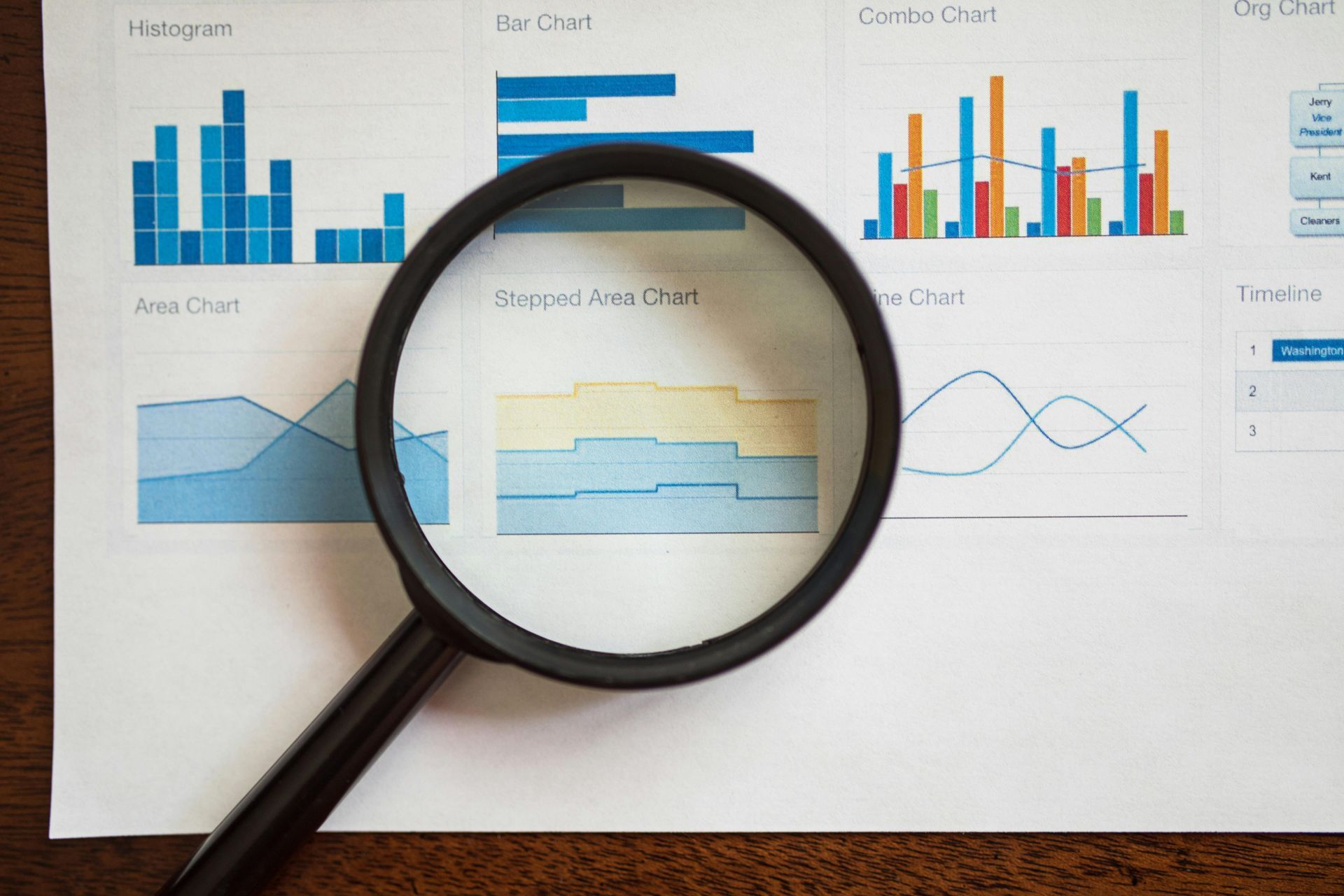From Planning to Progress: Making Execution a Priority
Bridging the Gap Between Strategy and Action

Most teams don’t struggle with planning, what they struggle with is execution. You can have a well-designed project plan, detailed timelines, and clear goals, but if the work doesn’t move forward, the plan means very little.
Making execution a priority requires intentional focus, consistent follow-through, and processes that ensure momentum. For project leaders, especially those juggling day-to-day responsibilities, execution is about turning strategy into results without losing time or direction.
Why Execution Often Falls Short
Execution breaks down when teams become reactive instead of proactive. Priorities shift, communication slows, and tasks slip through the cracks. A well-intentioned plan can be sidelined by meetings, emails, and unexpected fires.
The result? Projects stall, deadlines get pushed, and teams feel overwhelmed instead of empowered. Bridging the gap between planning and progress means giving execution the same level of attention and structure as planning itself.
Key Habits to Prioritize Execution
1. Set a Rhythm for Action
Create a consistent rhythm to keep work moving. This could be a weekly check-in, milestone reviews, or QUICK stand-ups. When execution is embedded in the team’s schedule, it becomes a habit, not an afterthought.
Leaders should highlight current priorities, identify blockers early, and ensure tasks are progressing between check-ins. Visibility is key to sustaining momentum.
2. Focus on the Next Deliverable
Instead of trying to do everything at once, narrow the focus. What is the next major output that needs to be completed? Breaking work into clear, manageable deliverables helps teams stay organized and reduces overwhelm.
Ask, “What does progress look like this week?” Then align team efforts to that goal.
3. Keep the Plan Alive
Too often, a project plan is created and then forgotten. Make the plan a living document. Revisit it weekly, update timelines, adjust priorities, and remove completed items. When the plan stays visible, it guides daily work and reinforces direction.
Whether using a task board, tracker, or dashboard, keep the plan in front of the team.
4. Close the Loop on Assignments
Assigning work isn’t enough, follow-through matters. Make sure there’s clarity on who owns the task, what’s expected, and when it’s due. Then close the loop by confirming completion and updating progress.
This doesn’t mean micromanaging. It means creating accountability, so the plan becomes action.
Common Execution Traps to Avoid
- Planning in too much detail without making room for action
- Letting status updates replace actual progress
- Relying on informal conversations instead of tracking deliverables
- Losing momentum after initial planning meetings
By recognizing these traps early, project leaders can take simple steps to keep things on track.
Key Takeaways
- Execution requires intention, make it part of your routine
- Break work into deliverables that teams can realistically complete
- Keep your plan visible and current
- Build in accountability to ensure work moves forward
Conclusion
Execution is what transforms good planning into great results. By building routines, narrowing focus, and creating accountability, project leaders can move beyond strategy and deliver real outcomes.
At The Soomitz Group, our practical workshops focus on project management techniques that operational teams can use to deliver on their critical initiatives. Contact us today to learn how we can help your teams strengthen execution and turn plans into progress.










